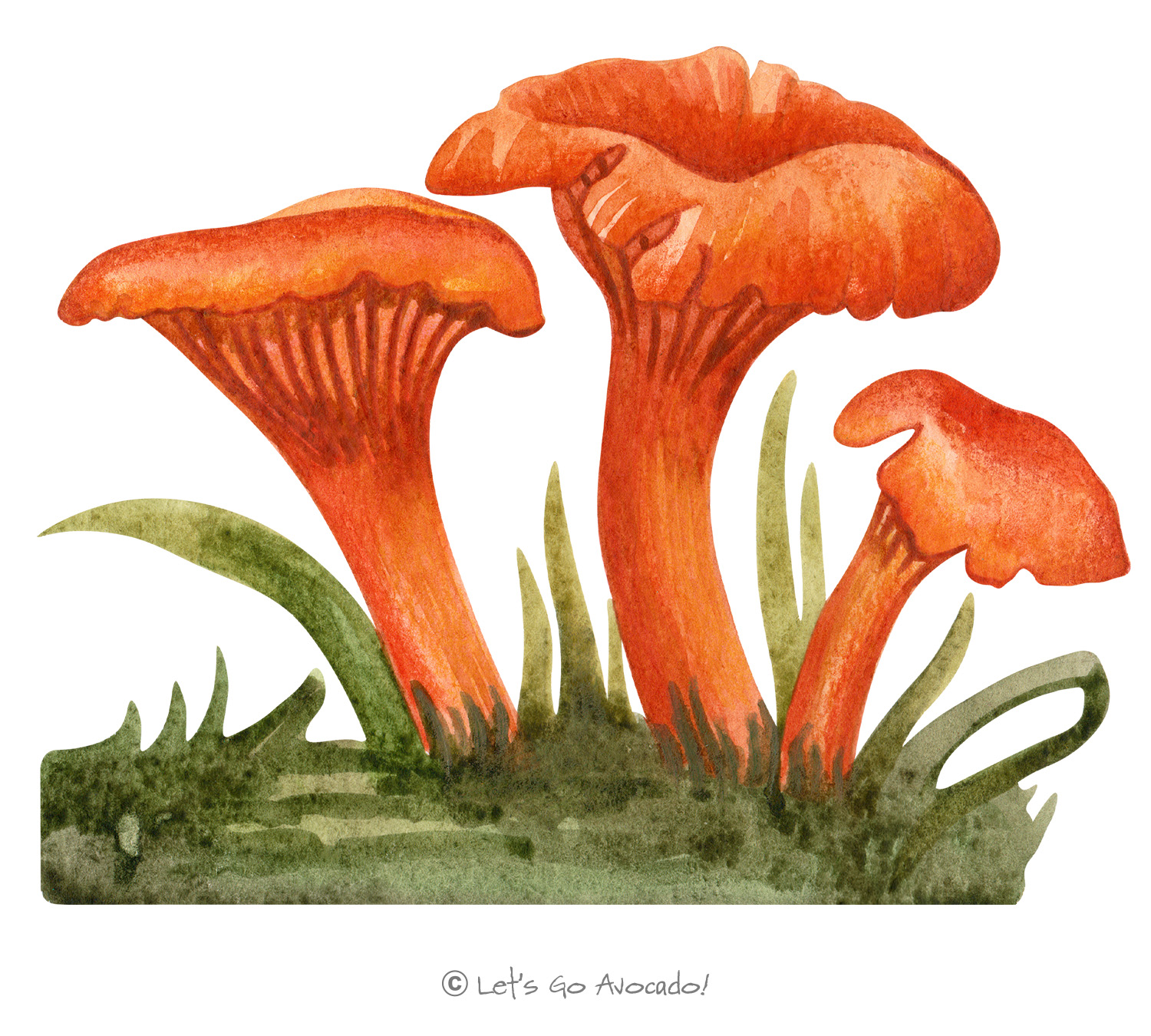

Red Chanterelle
Cinnabar Chanterelle
Cantharellus cinnabarinus
This page may contain affiliate links.
Read our disclosure and privacy policy here.
The Red Chanterelle is a captivating member of the mushroom kingdom. Known for its vibrant red-orange hues and similar appearance to the more common golden chanterelle, this mushroom stands out in the forests it calls home. It’s not only prized for its beauty but also as a culinary delight by those familiar with foraging.
Red Chanterelle
Common Name
Other Names
Latin Name
Distribution
Appearance
Size
Habitat
Diet
Lifecycle
Defense Mechanisms
Ecological Importance
ConservationThe act of protecting and preserving natural resources and the environment. Conservation efforts are important to protect beavers and their habitats. Learn More Status

There’s a lot to explore right where we are, in our own neighborhoods and backyards! Join us while we get off the couch and explore the everyday wonders of nature, science, space, engineering, art, and anything else we stumble upon during on our adventures.







